As noted before, prior to leaving Maryland in the early part of this year, I sorted and sifted through many mounds of paper and photos … ones that had been saved by both my late wife Alicia and myself. I don’t know that there’ll be any real continuity between any of these photos, but I’m showing them pretty much in chronological order, plus don’t believe I’ve shared any of these particular ones previously … at least outside of my memoir.
Regarding the chart above … the Hooperatings were an early radio audience ratings service with surveying done via telephone calls to random households. This Philadelphia report, as you see, is for December 1963 — WDVR had been broadcasting for just a matter of months — we began regular programming on May 13, 1963 — and had a rather poor signal compared to all of the other FM stations in the Philadelphia area, yet was rated highest among FM stations. The next closest as you see was WPEN-FM, offering the Muzak music service.
I don’t really know the exact dates the surveying would have been done, but the nation had just come through the assassination of President John F. Kennedy on November 22nd.
This obviously posed photo is of station builder and owner David L. Kurtz, who was an electronics engineer, sitting in the operator’s chair in the WDVR control room at some time in the early months of the station’s operation.
This photo of this WDVR billboard is from 1966 … proclaiming that the station not only was the most-listened-to FM station in Philadelphia, it also had more actual listeners than any other FM anywhere in America according to newly-launched ratings service, ARB.
Next, we jump to what can be called Marlin’s Bonneville era, which spanned nearly two decades beginning at WRFM New York City in March of 1969. This photo was actually taken at XM Radio in the 2000s by my former XM associate, Mike Abrams … who’s father listened to WRFM faithfully and was overjoyed when the format returned to the air via satellite radio in 2002. What I’m holding is an advertising community magazine reprint of a poster ad we’d placed at the end of every NYC subway car in the fall of 1970!
As I wrote in my memoir, in 1976 we were asked to take on the programming of a radio station in Perth, Australia. My associate, Frank Murphy, and I flew down there — after the client provided first-class round-the-world plane tickets — to set up the station including training operating staff in the proper procedures for handling the format. In early 1979, I alone was asked to return to spend several days “tuning up” the whole operation and staff. This time, one plane ticket, but I was able to secure a ticket for my wife Alicia to go along. In the process, I discovered that at the time, traveling from New York to London by Concorde was costing just $100.00 more than a regular first-class ticket. So, why not?
A few years later, we were able to arrange for the one-and-only Anita Kerr to gather together her singers in a London studio and record a group of current-day pop hits in the unique Anita Kerr sound. I was on hand and able to get these two photos, as we’d scheduled John Fox sessions to follow. Here’s Anita conducting plus in the control room afterward supervising the final mixing of the multi-track recordings.
This photo, taken in the early 1990s, not long before the station’s demise, finds me sitting at my old desk at WJIB in Boston … which I only occupied from August 1967 to May 1968, when I returned to Philadelphia. Behind me are General Manager Charlie “Chuck” Pickering and Operations Manager Don Nutting.
Every year in early June, the Mid-Atlantic Air Museum, situated adjacent to the Reading, Pennsylvania, Airport, holds its World War Two Weekend celebration … offering re-enactments, flights on historic aircraft, and many exhibits including restored aircraft of the era.
One year I got the idea that XM’s 40s Channel, which lived on the elite train (“theater of the mind”) known as the Savoy Express, should be parked on the executive rail siding at the airport for passengers to disembark and enjoy the weekend celebrations there at the Museum — and on the channel was heard the sounds of WWII military propeller aircraft rather than steam locomotive whistles. This ad appeared in the Museum’s World War Two Weekend program magazine.
At about the same time, the U. S. Air Force’s Airmen of Note aggregation made the trip across town to the XM Radio’s Performance Theater for a live broadcast on our 1940s Channel.
While this historic KLH receiver dates to the late 1950s, even though I spent a year with the Concert Network’s two remaining stations in Boston and Hartford a few years later, I first laid eyes on this radio just a couple of years ago when I spent a day at the National Capital Radio & Television Museum in Bowie, Maryland. It’s obviously a promotional item that the Concert Network’s founder and President, T. Mitchell Hastings, had conceived in conjunction with KLH, which was also a new company at the time and located in Cambridge, just across the Charles River from Boston.
Since my life, as well as the life I shared together with my wife Alicia, very much revolved around music and all of its aspects, I find the message on this plate — which Alicia had acquired somewhere along the way in life’s journey — to be special and very meaningful … what does it say to you?
In closing, I want to share something very special, this gentleman — who is holding one of Edgar Bergen’s original Mortimer Snerd dummies — is Forrest Patten. His name is not well-known and, when recognized, is likely by a person who had a connection with radio’s Easy Listening/ Beautiful Music format or an “inner circle” aficionado of the genre. Forrest, who passed away unexpectedly this past January at too young of an age, possessed likely one of the largest collections, including both LP and CD, of EL/BM albums of instrumental arrangements that existed anywhere in the world.
While I didn’t have the pleasure of knowing him for that long a time, he had become a dear friend in the last few years. In fact, he supplied several hundred individual recordings of songs and artists that I wanted to include in the SiriusXM Escape library but were not available from any other known source. Forrest also programmed the Music Choice Easy Listening channel during those last years of his life, taking over after the passing of Phil Stout.
Not only did he collect thousands of recordings, but Forrest was also a talented musician and would love to sit and play his grand piano for hours at a time. What his skills were as a ventriloquist, I never quite learned or saw demonstrated … yet Mortimer was not the only well-known dummy in his collection.
That’s all, Folks … thanks for stopping by! NOW … what’s your story or collection of interesting photographs?
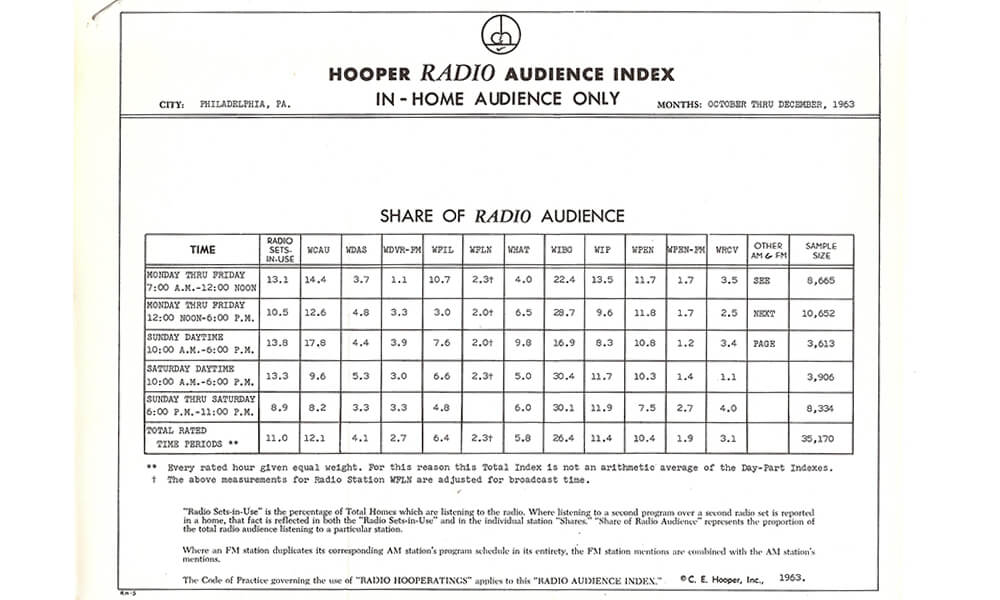
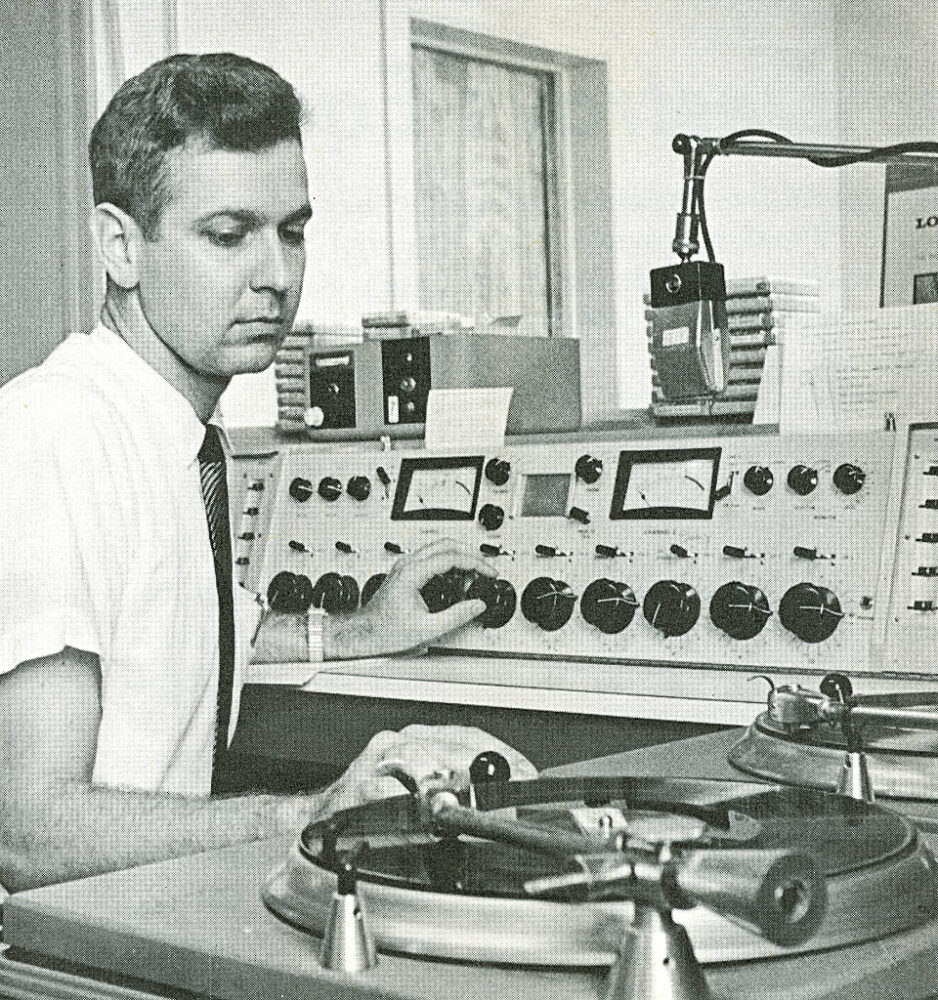
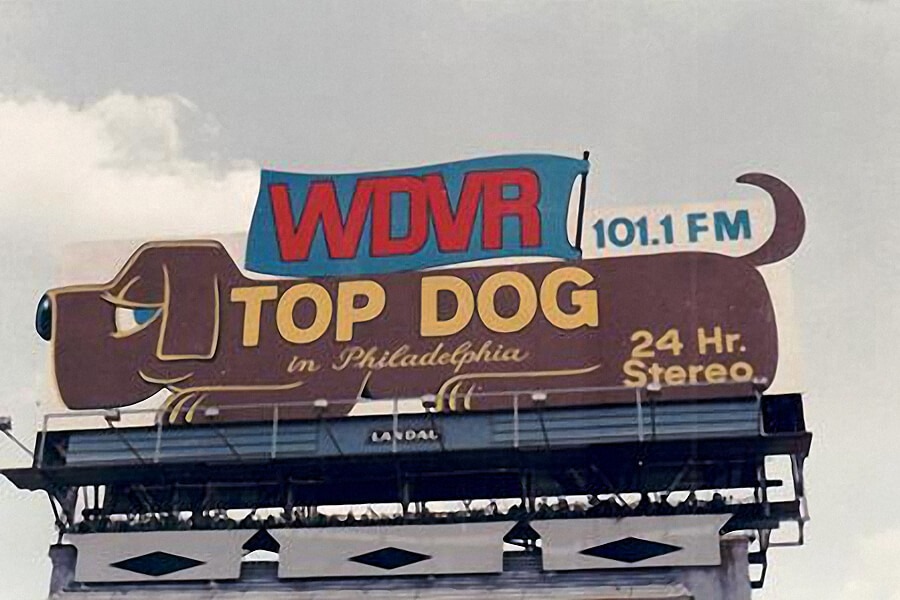
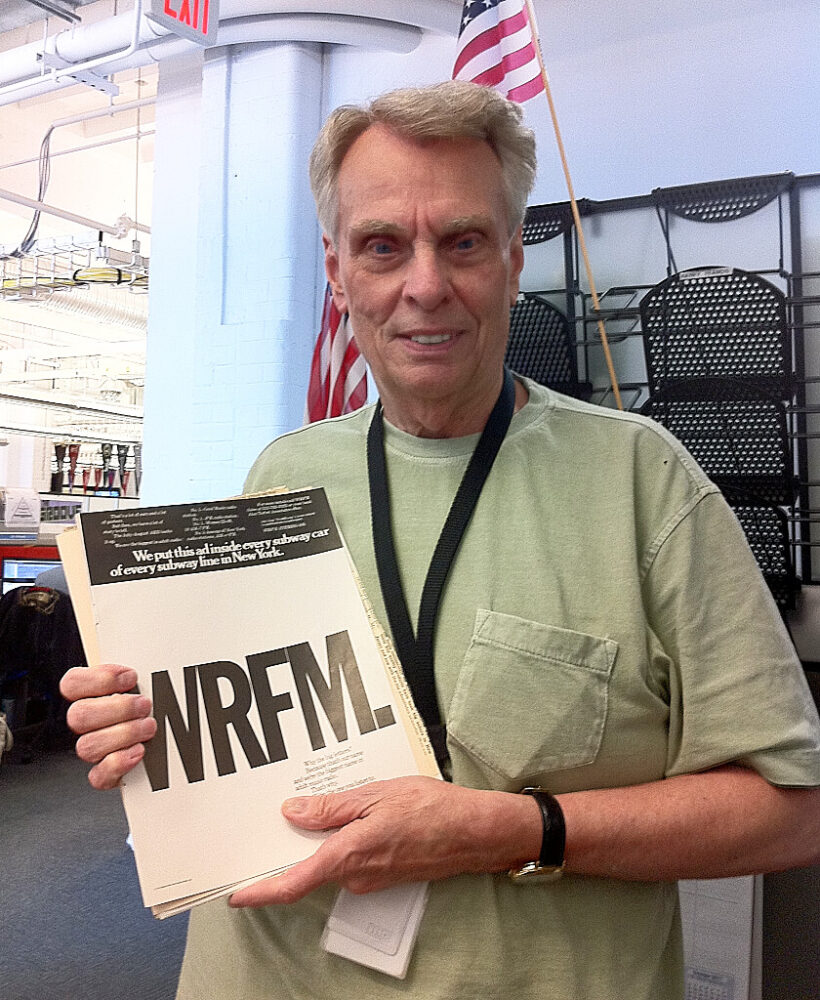
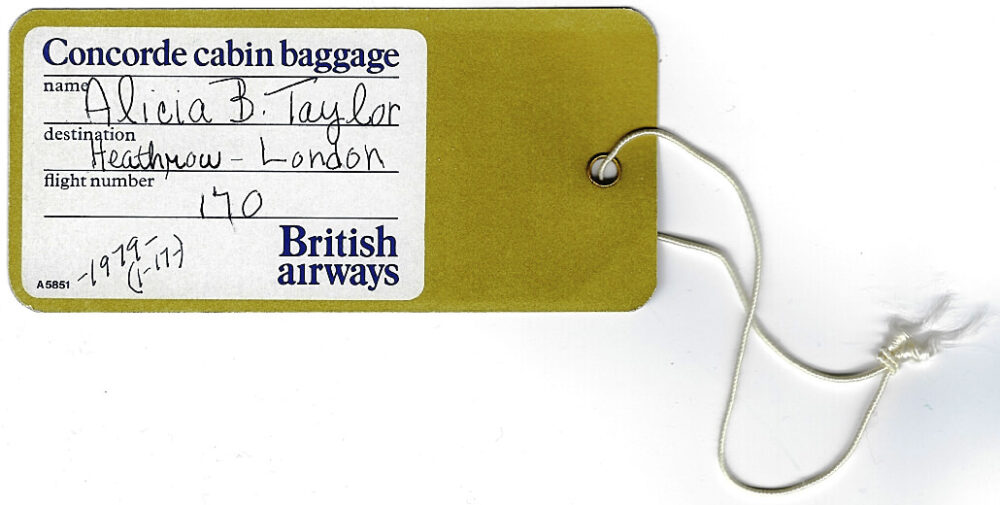
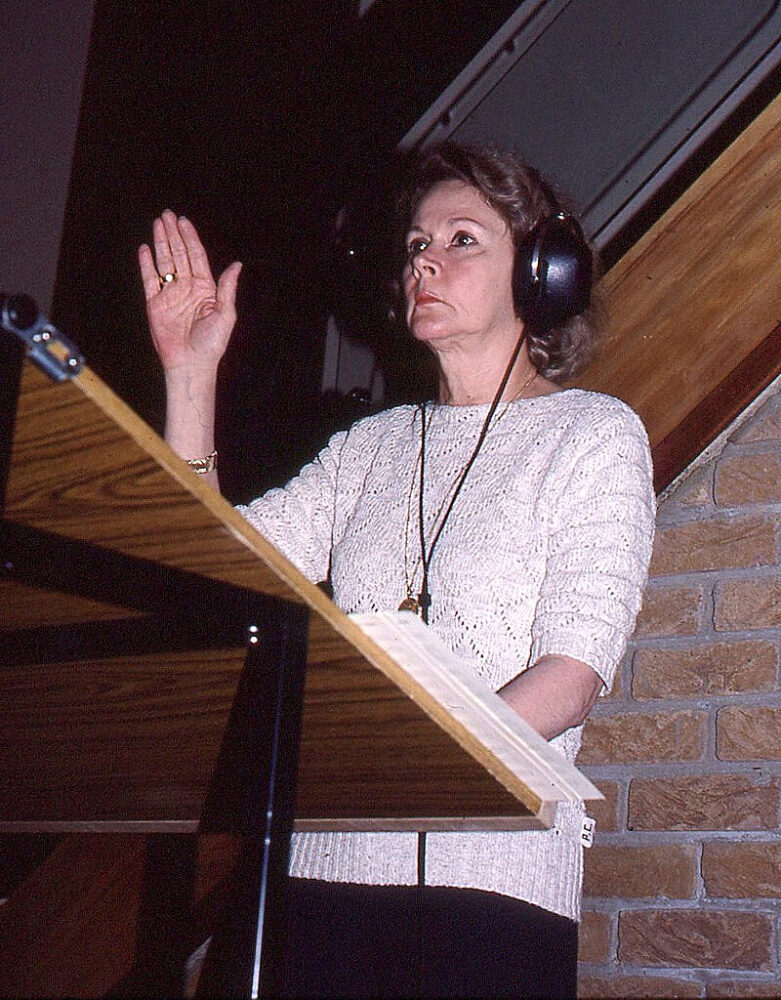

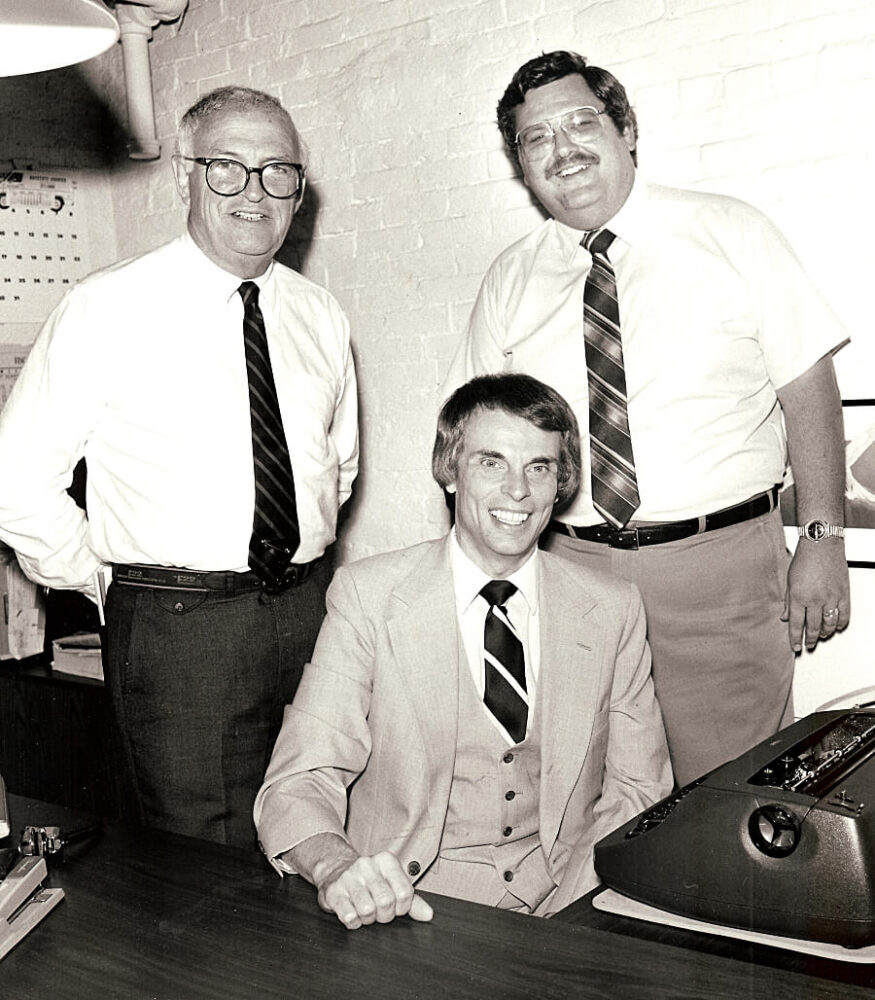
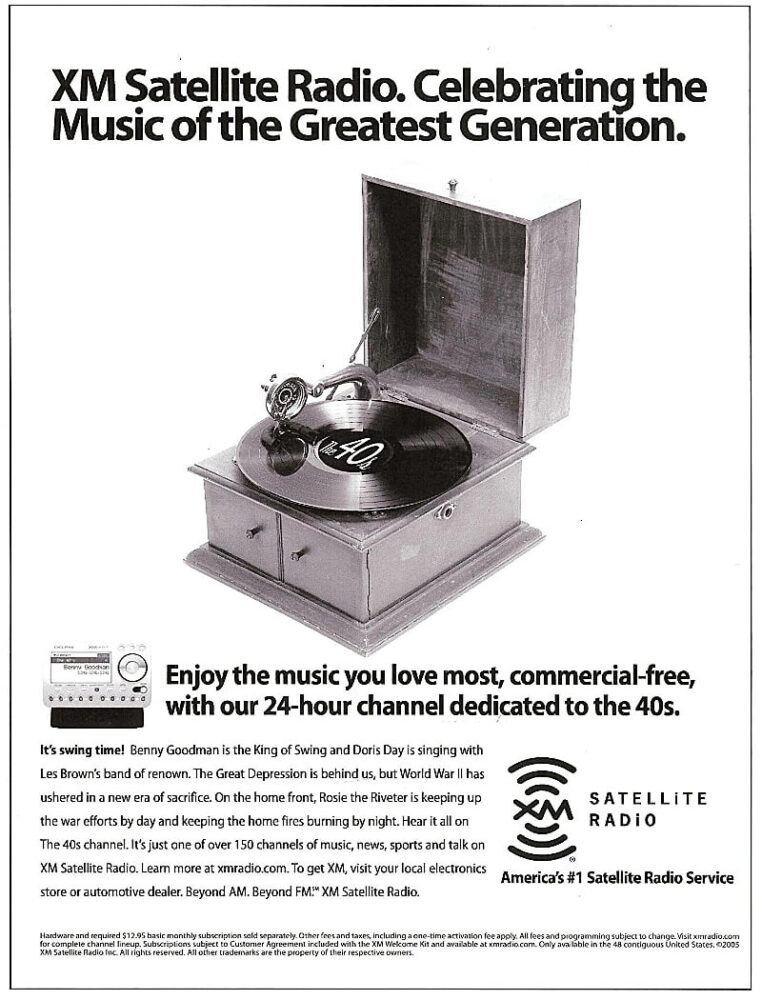
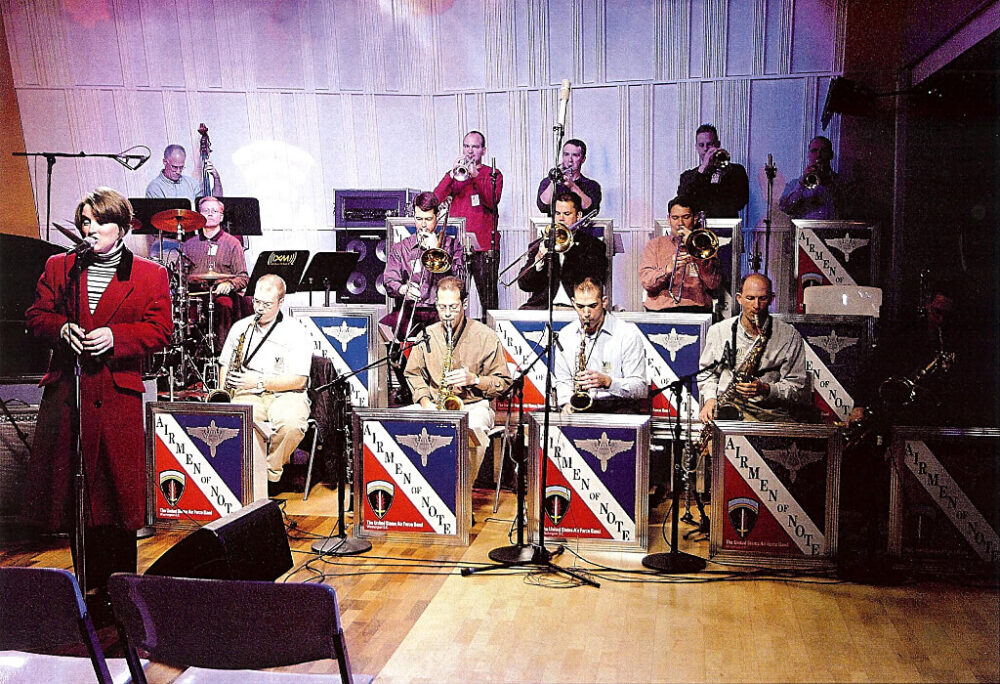

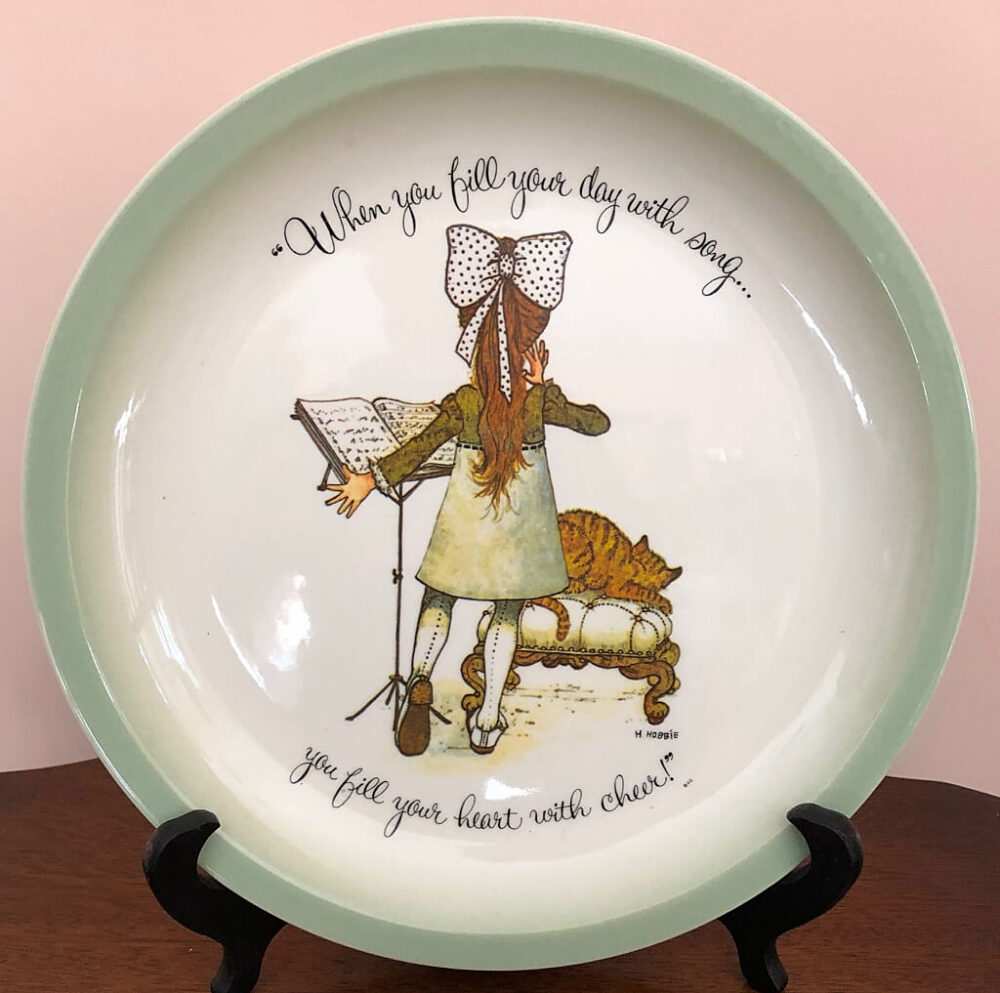
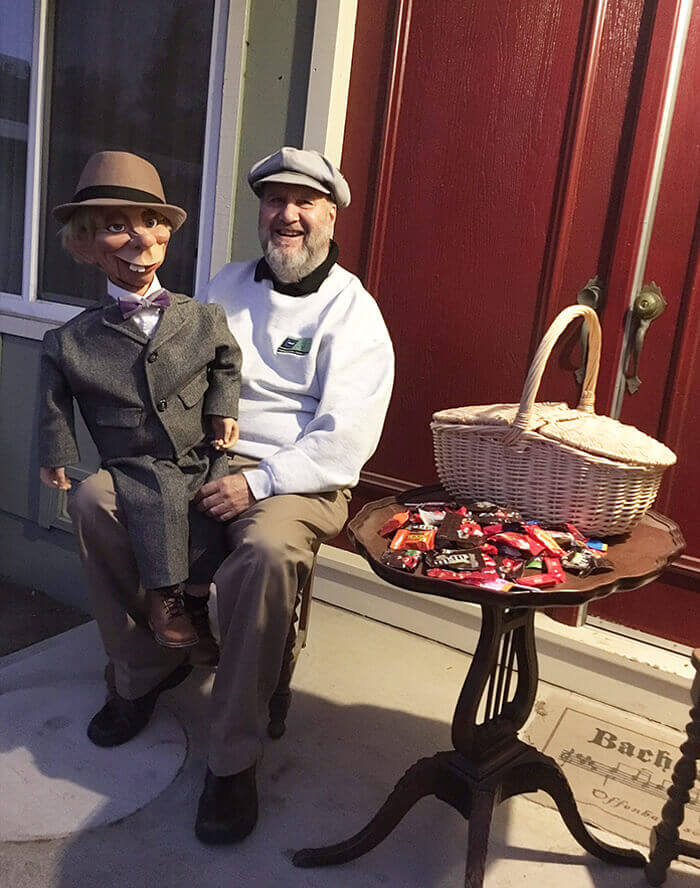

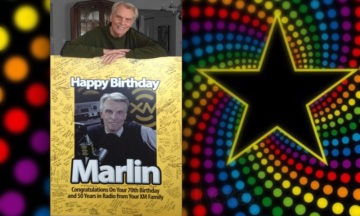
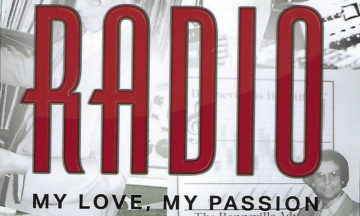


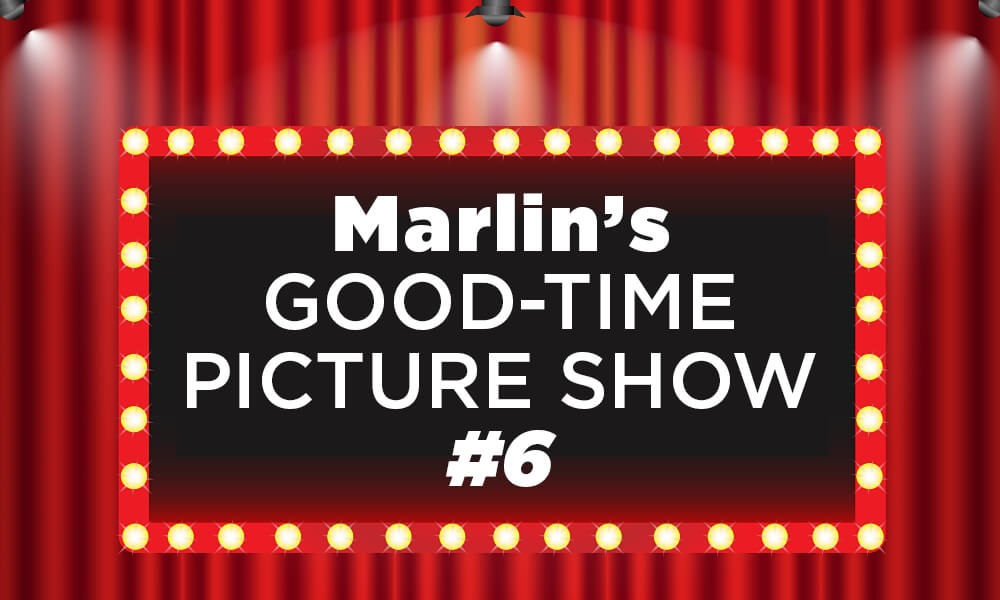
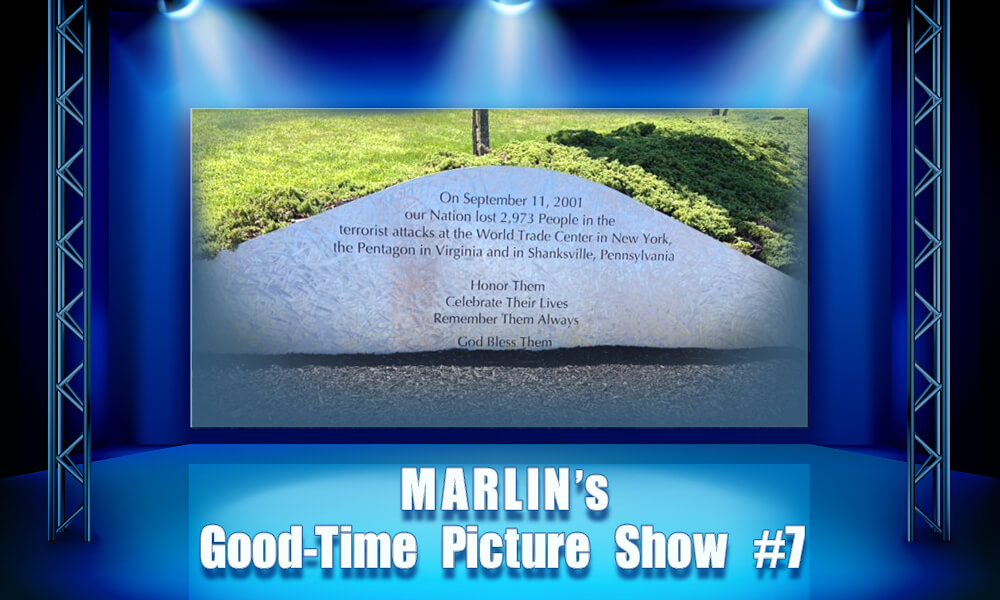
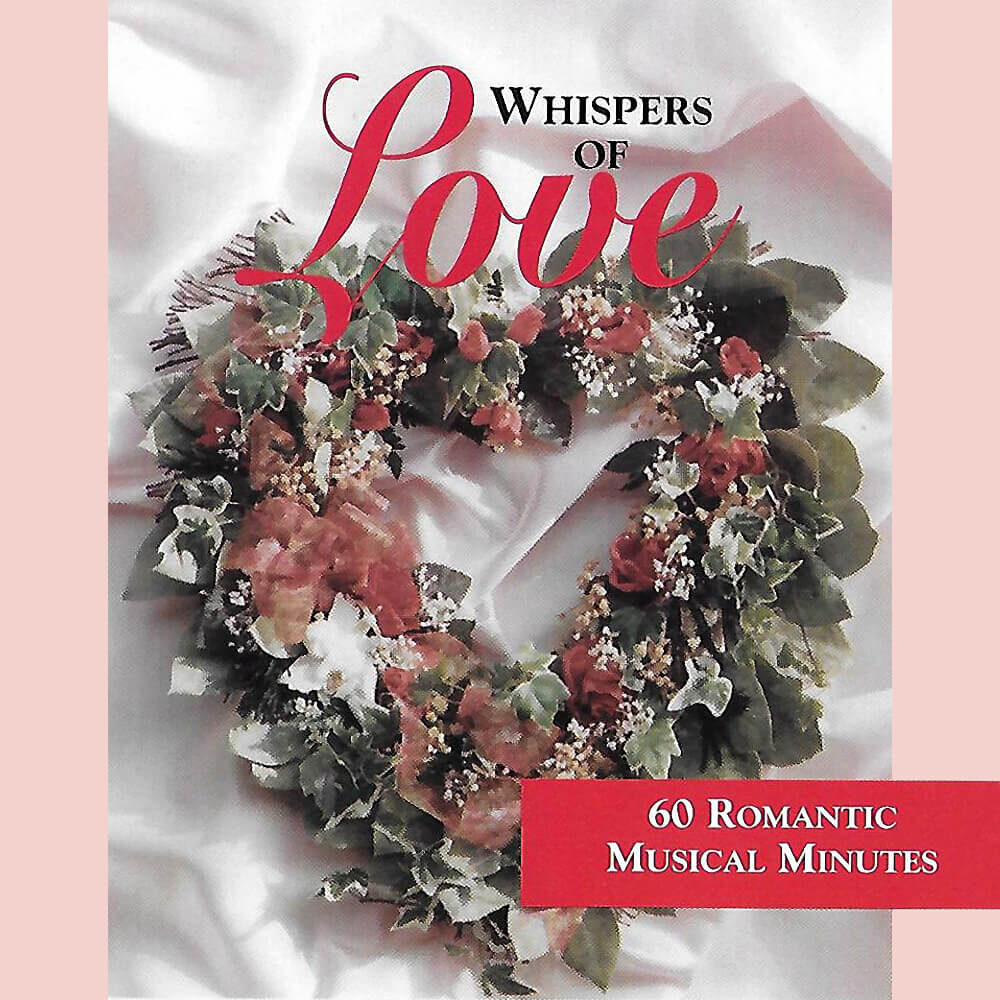
Marlin,
Thoroughly enjoyed the pictures and the narration.
Thank You for sharing them.
Dick
Thanks much, Dick … always good to hear from you!